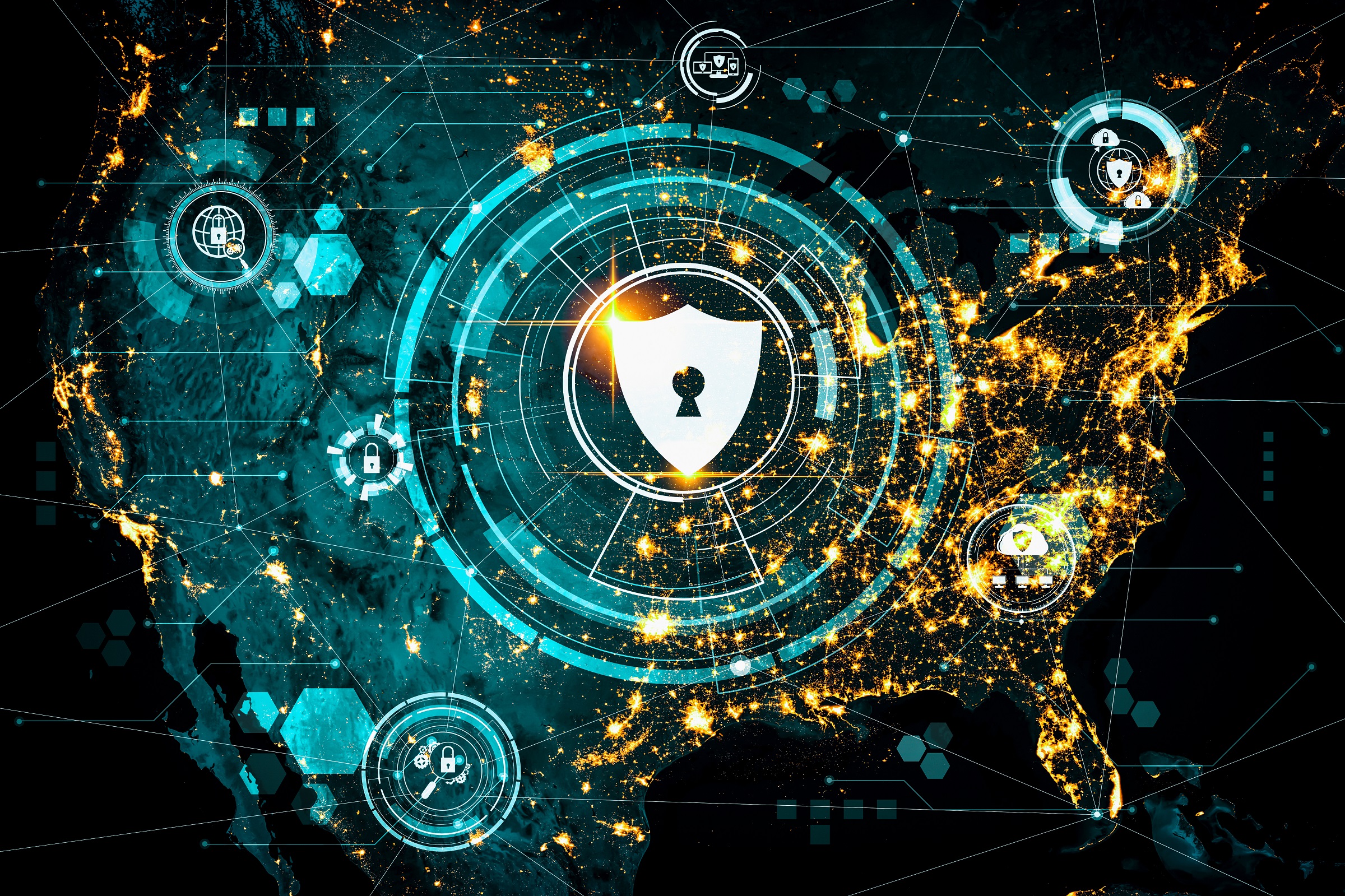


In today’s unavoidable interconnected world, organizations face an ever-increasing, always-evolving array of cybersecurity threats that are becoming more sophisticated and challenging to defend against. Here we explore several of the most significant cybersecurity threats that pose a risk to organizations, and discuss the potential consequences they entail.
Phishing attacks continue to be a top cybersecurity threat. These attacks involve the use of deceptive emails, messages, or websites designed to trick individuals into divulging sensitive information, such as passwords or financial details. Cybercriminals often impersonate reputable organizations or individuals, luring victims into clicking malicious links or providing confidential data. Phishing attacks can lead to data breaches, financial losses, and damage to an organization’s reputation. Vigilance and educating employees about identifying phishing attempts are crucial in mitigating this threat.
Ransomware attacks have gained notoriety in recent years, posing a significant risk to organizations of all sizes. Ransomware is a type of malicious software that encrypts a victim’s data, rendering it inaccessible until a ransom is paid to the attacker. These attacks can disrupt business operations, cause financial losses, and result in the loss of critical data. Cybercriminals often exploit vulnerabilities in software or employ social engineering techniques to gain access to systems. Regularly backing up data, maintaining robust security measures, and implementing employee training on cybersecurity best practices are essential defenses against ransomware attacks.
Insider threats originate from individuals within an organization who misuse their access privileges for malicious purposes or inadvertently compromise security. This threat can manifest through employees intentionally stealing sensitive data, acting as a conduit for external attackers, or inadvertently falling victim to phishing attacks. Insider threats can have severe consequences, including data breaches, financial losses, and damage to an organization’s reputation. Implementing strong access controls, conducting regular security awareness training, and establishing monitoring mechanisms can help detect and mitigate insider threats.
Advanced Persistent Threats are highly sophisticated cyberattacks typically carried out by well-resourced and organized groups, such as nation-states or advanced cybercriminal organizations. APTs are characterized by their stealthy and persistent nature, often infiltrating an organization’s network over an extended period. They aim to gather sensitive information, disrupt operations, or conduct espionage. APTs employ various techniques, including social engineering, zero-day exploits, and customized malware. Protecting against APTs requires a multi-layered security approach, including network segmentation, regular security assessments, and continuous monitoring for suspicious activities.
As the number of IoT devices continues to rise, so does the risk they pose to organizations’ cybersecurity. IoT devices often have limited security features and can become entry points for attackers to gain access to networks or launch attacks. Weak passwords, unpatched firmware, and inadequate security configurations make IoT devices attractive targets. Organizations need to implement robust security measures, including proper device management, network segmentation, and regular firmware updates to mitigate IoT-related vulnerabilities.
The cybersecurity landscape is dynamic and complex, with organizations facing a multitude of threats. To effectively protect against these threats, organizations must adopt a proactive cybersecurity approach, including penetration testing and vulnerability management, regular employee training, strong access controls, and network monitoring. Staying informed about emerging threats, leveraging cutting-edge technologies, and collaborating with cybersecurity professionals are crucial ways in which organizations can maintain a robust defense posture in an increasingly digital and dangerous world.